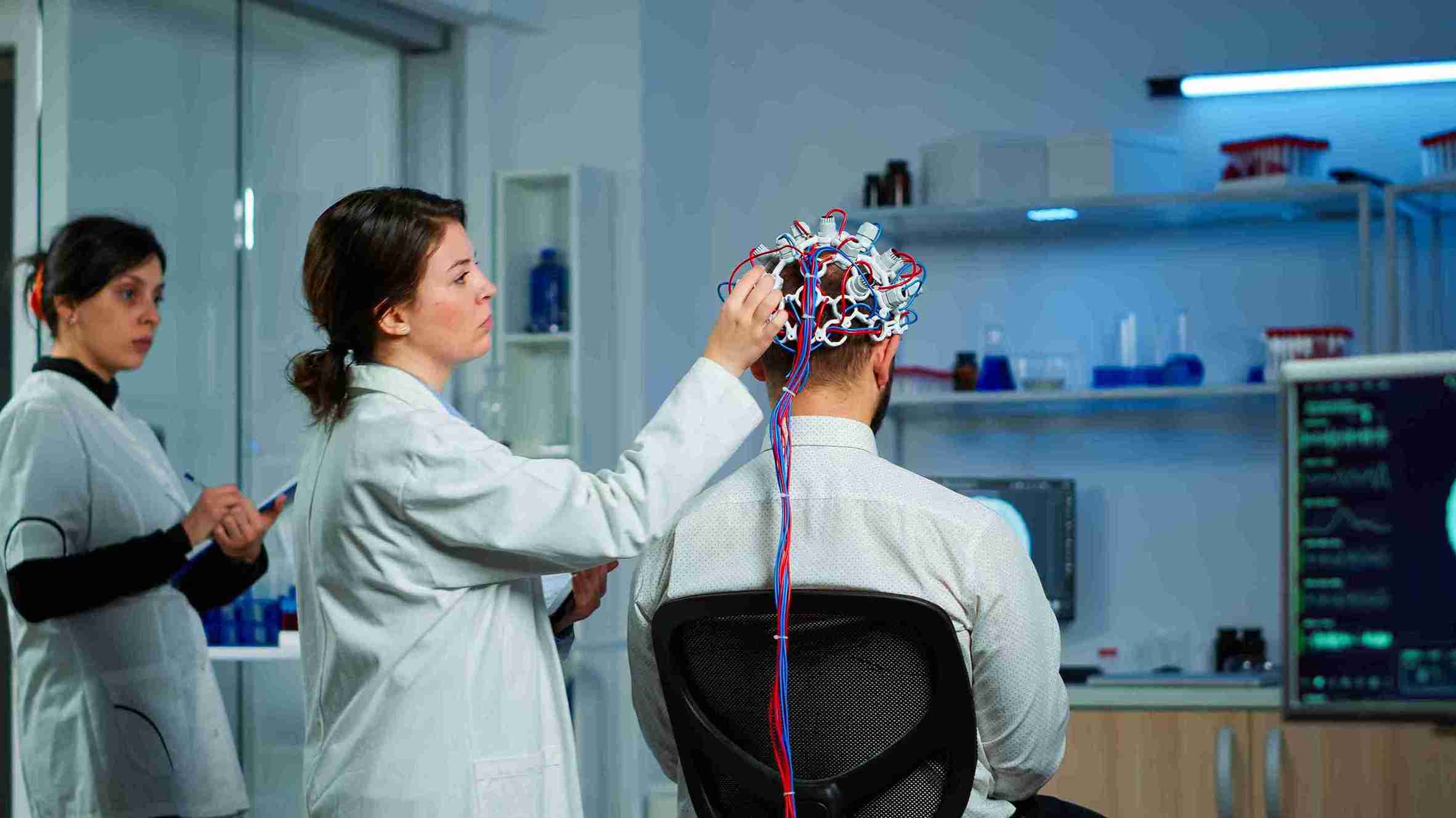Unlocking the Benefits: Why Stroke Awareness Online Courses Matter

Stroke is a leading cause of disability and death worldwide, making awareness and timely intervention critical. Online stroke awareness courses offer a convenient and effective way to educate individuals about stroke prevention, recognition, and response. This blog explores the importance of stroke awareness and highlights the key benefits of engaging in online courses on this vital topic.
The Importance of Stroke Awareness
- Early Recognition: Stroke symptoms can be subtle and vary between individuals. Awareness helps people recognize the signs of a stroke early, which is crucial for seeking prompt medical attention. The faster a stroke is identified, the better the chances of minimizing damage and improving outcomes.
- Prevention Strategies: Understanding stroke risk factors and prevention strategies can significantly reduce the likelihood of experiencing a stroke. Awareness campaigns and education programs play a crucial role in promoting healthy lifestyle choices and managing conditions that increase stroke risk.
- Effective Response: Knowing how to respond in the event of a stroke is essential for providing immediate care and improving survival rates. Awareness courses equip individuals with the knowledge to act quickly and effectively during a stroke emergency.
- Supporting Recovery: Stroke awareness extends to understanding the challenges faced by stroke survivors and their families. Education can improve empathy and support for those affected by stroke, aiding in their recovery and rehabilitation.
Benefits of Online Stroke Awareness Courses
- Accessibility and Convenience: Online courses allow individuals to learn about stroke awareness from the comfort of their homes and at their own pace. This flexibility is particularly beneficial for busy professionals and those with limited access to in-person training.
- Comprehensive Learning: Many online courses offer detailed modules covering various aspects of stroke awareness, including risk factors, symptoms, emergency response, and recovery strategies. Interactive elements such as quizzes and simulations enhance understanding and retention.
- Up-to-Date Information: Online courses are frequently updated to reflect the latest research and guidelines on stroke prevention and treatment. This ensures that learners have access to the most current and relevant information.
- Cost-Effectiveness: Online courses are often more affordable than in-person training sessions. Many programs also offer certification, adding value to the learning experience and providing proof of completed training.
- Self-Paced Learning: Learners can progress through the course material at their own speed, allowing for a more personalized learning experience. This flexibility helps accommodate different learning styles and schedules.
Choosing the Right Course
- Accreditation: Select courses from reputable organizations and institutions to ensure the quality and credibility of the content.
- Course Content: Look for courses that cover a broad range of topics, including stroke symptoms, risk factors, emergency response, and prevention strategies.
- Certification: Consider courses that offer certification upon completion, which can be valuable for professional development or personal achievement.
- Interactive Features: Courses with interactive elements, such as quizzes and simulations, can enhance learning and engagement.
Stroke awareness is crucial for preventing and managing this life-threatening condition. Online courses offer an accessible and flexible way to gain essential knowledge about stroke prevention, recognition, and response. By participating in these courses, individuals can enhance their ability to act swiftly in emergencies, promote healthier lifestyles, and support stroke survivors more effectively. Investing in stroke awareness education ultimately contributes to better health outcomes and a more informed and responsive community.
